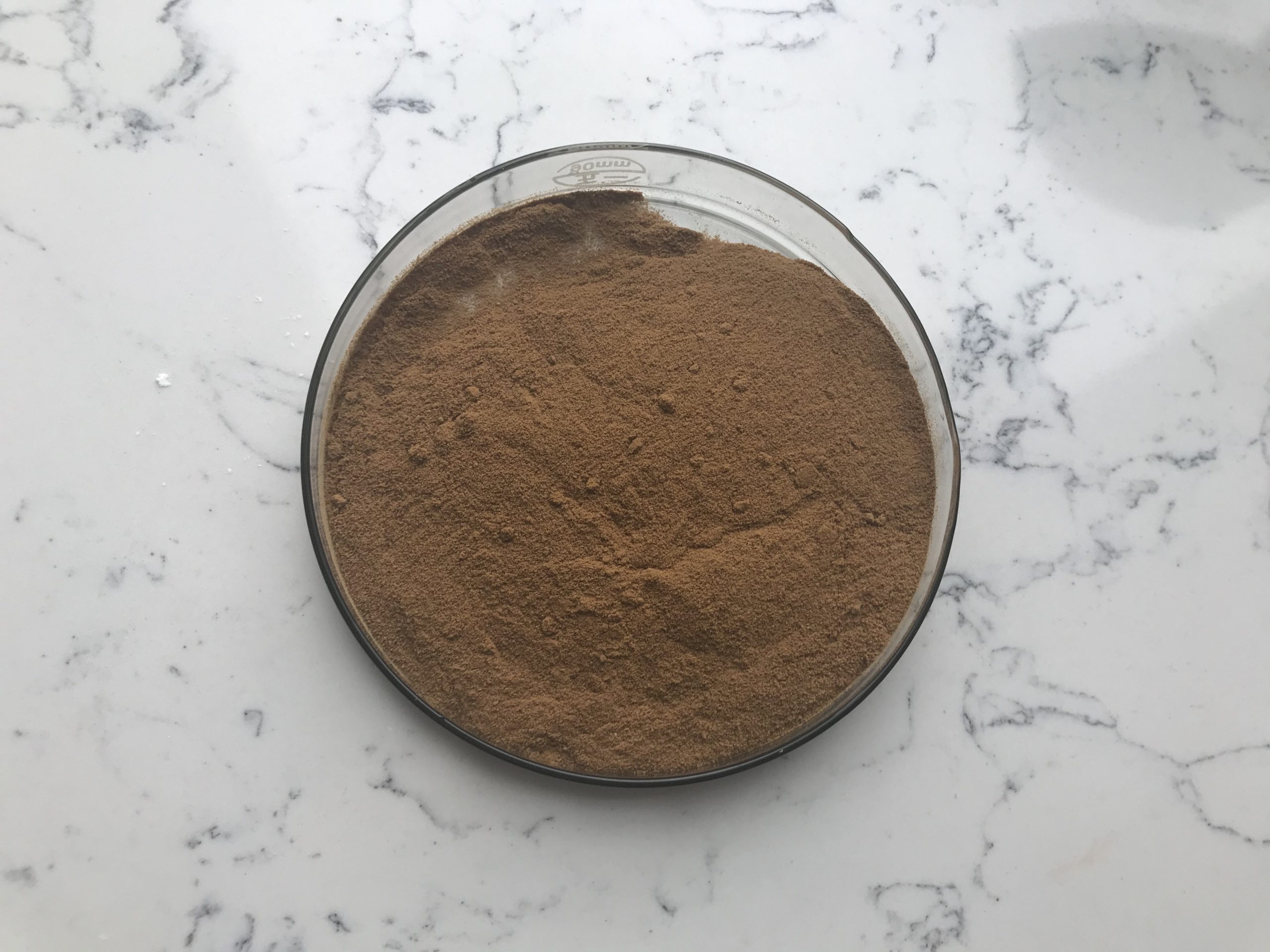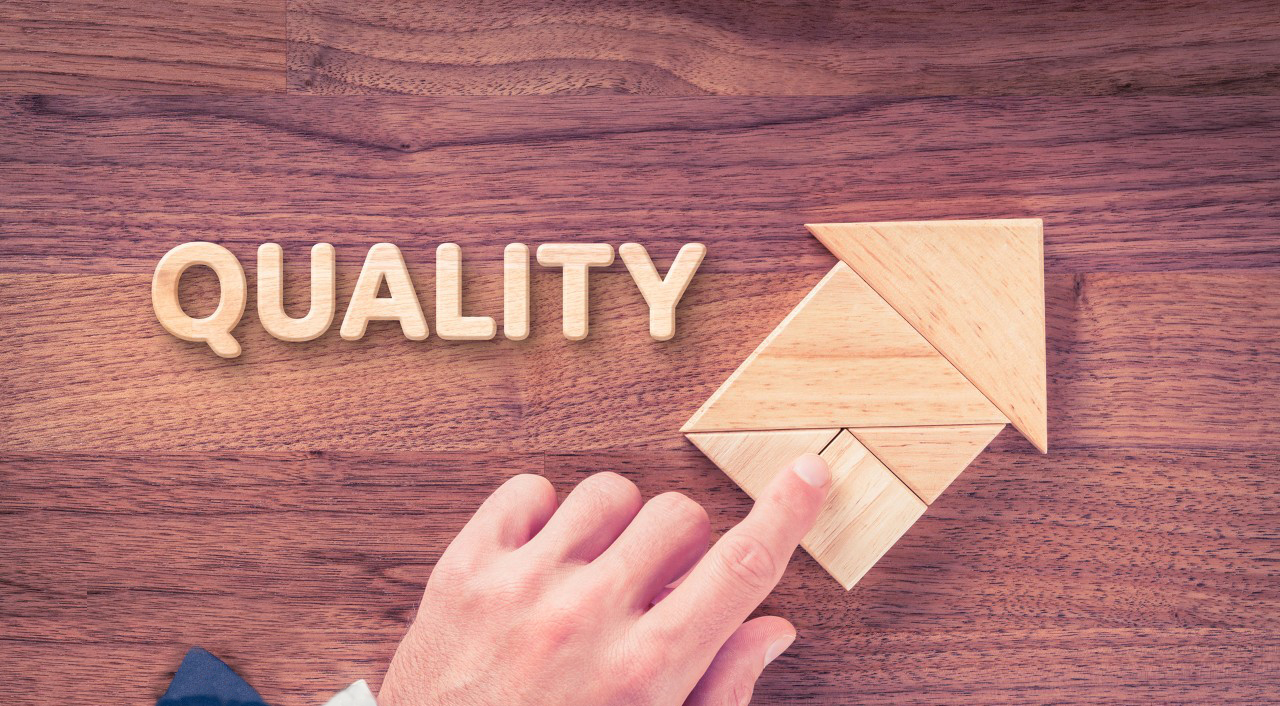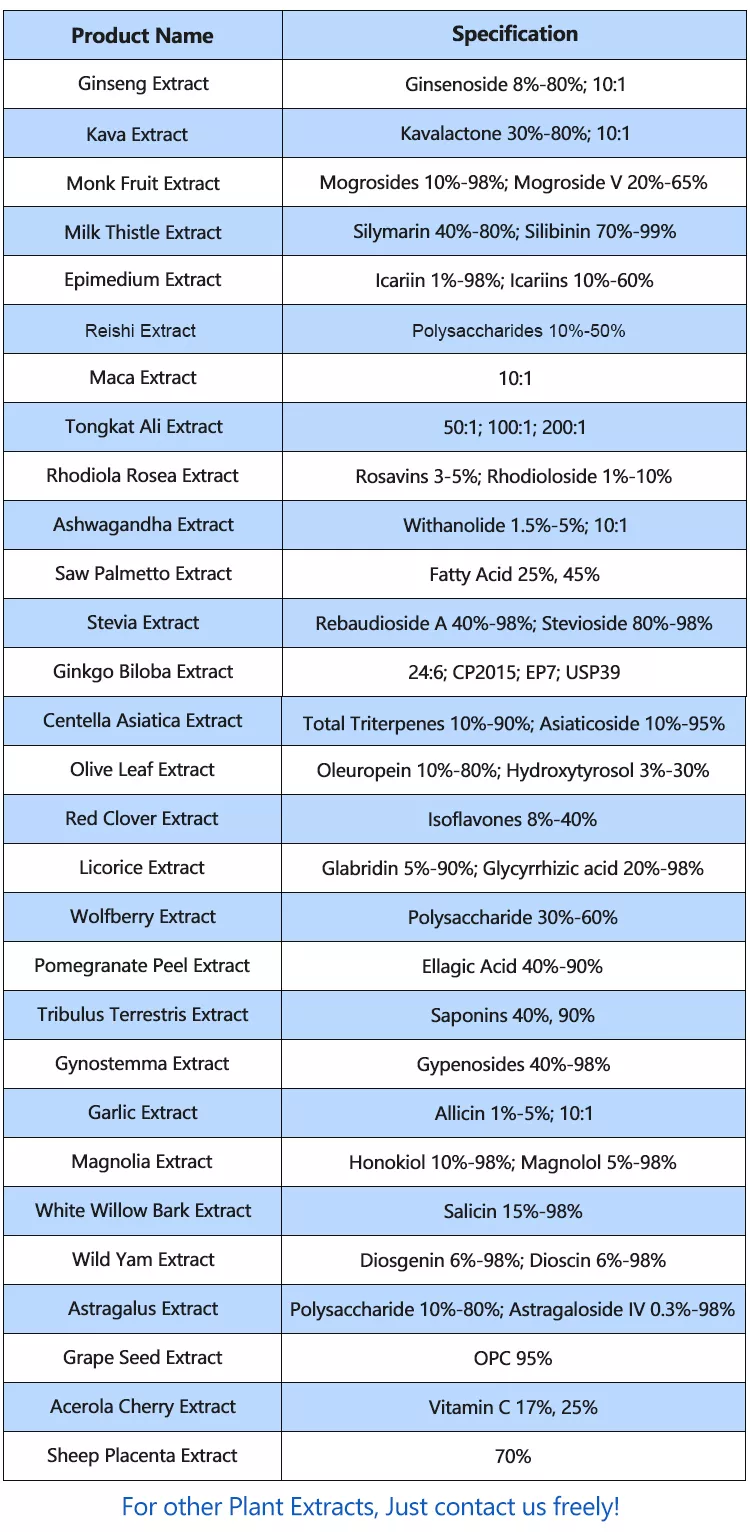As of my last update in September 2021, Ashwagandha extract quality and production (Withania somnifera) is a popular medicinal herb known for its potential health benefits. It is widely used in traditional Ayurvedic medicine and has gained popularity in the wellness industry worldwide. Ashwagandha is commonly available in various forms, including raw herb, powder, capsules, and extracts.

Quality of Ashwagandha Extract:
The quality of Ashwagandha extract can vary based on several factors, including the following:
1.Sourcing: The quality of Ashwagandha extract largely depends on the source of the plant material. The best extracts are usually sourced from high-quality Ashwagandha roots, which are the most medicinally potent part of the plant.
2.Extraction Method: The method used to extract the active compounds from the Ashwagandha roots can significantly impact the quality of the extract. Standardized extraction processes using high-quality solvents or technologies tend to yield better and more consistent results.
3.Standardization: Reputable manufacturers often standardize their Ashwagandha extract to ensure a consistent level of active compounds, particularly the withanolides, which are believed to be responsible for many of its health benefits.
4.Purity: A high-quality Ashwagandha extract should be free from contaminants and additives.
5.Third-Party Testing: Some manufacturers conduct third-party testing to verify the purity and potency of their Ashwagandha extract, which provides additional assurance of its quality.

Production of Ashwagandha Extract:
The production of Ashwagandha extract involves several steps:
1.Harvesting: The roots of the Ashwagandha plant are harvested, usually when the plant reaches maturity.
2.Drying: After harvesting, the roots are washed to remove dirt and debris, and then they are dried. Proper drying is crucial to maintain the integrity of the active compounds.
3.Grinding: The dried roots are ground into a fine powder. This powder can be used directly or undergo further processing to create various forms of extracts.
4.Extraction: The active compounds are extracted from the powdered roots using solvents or other extraction methods. Some common solvents include ethanol and water.
5.Concentration: After extraction, the liquid extract may undergo concentration to increase the potency of the active compounds.
6.Standardization: As mentioned earlier, some manufacturers choose to standardize the extract to ensure a consistent level of active compounds.
7.Testing and Quality Control: Reputable manufacturers test their Ashwagandha extract to confirm its potency, purity, and absence of contaminants.

It’s important to note that the quality and production practices of Ashwagandha extracts can vary significantly among different brands and manufacturers. When looking for Ashwagandha products, it’s advisable to choose reputable brands that prioritize quality and transparency. Reading customer reviews and checking for third-party testing certificates can also be helpful in assessing the quality of the product. Additionally, consulting with a healthcare professional before using Ashwagandha or any other herbal supplement is recommended, especially if you have any pre-existing health conditions or are taking medications.
